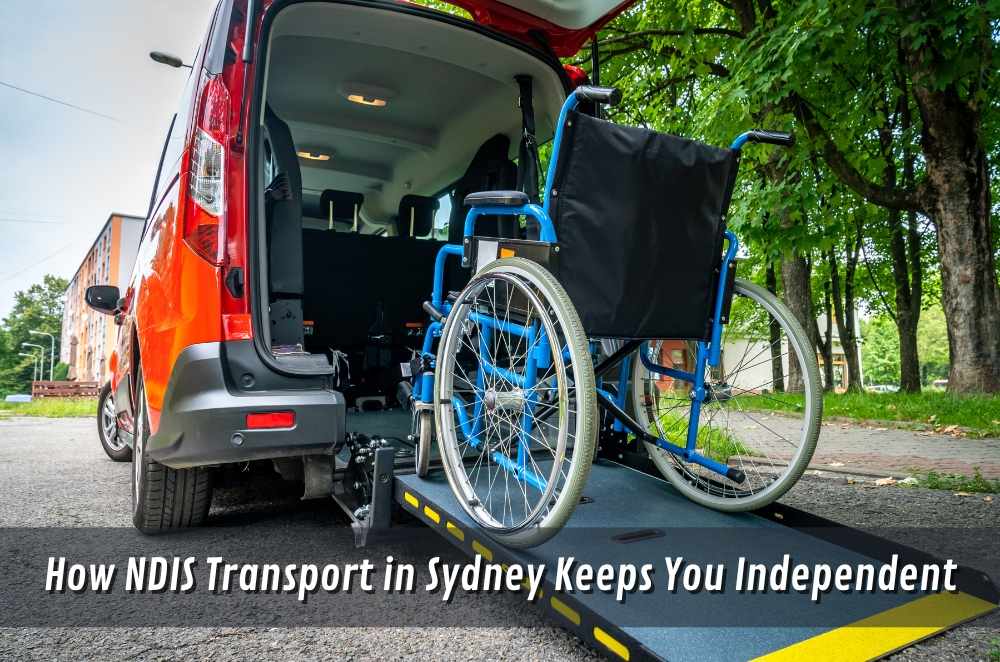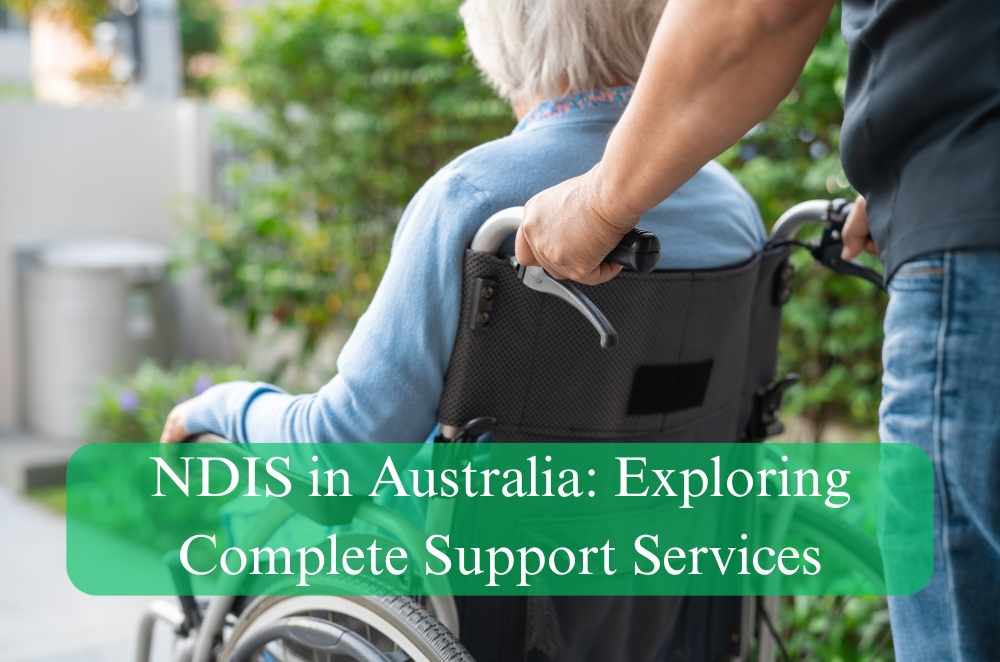
Getting around Sydney with the NDIS can feel like a challenge at times. What most people want is dependable support that fits real life — appointments that run late, routes that change, and days when energy is lower than expected. Over the years, I’ve noticed that the real difference often comes from choosing a provider who understands the rhythm of the city and the needs of the individual. For many families, that’s meant finding an NDIS transport provider Sydney who offers a mix of flexibility and reliability. Once that piece is in place, travel shifts from being a stressful barrier to becoming a predictable part of the week, freeing up energy for the things that matter most.
Why transport matters for NDIS participants
A good trip isn’t just a ride — it’s access to community, therapy, education, and connection. I’ve supported participants who had everything lined up except transport, and their plans kept stalling. Once travel became reliable, momentum followed: regular sessions, social routines, and fewer last-minute scrambles. The difference often shows up in confidence — calmer mornings, smoother handovers, and more energy left for the parts of the day that matter.
Consistency that supports therapy and study schedules
Vehicles and practices designed around accessibility and comfort
Drivers who understand personal preferences and communication styles
Local knowledge that shortens travel time and reduces uncertainty
Small improvements add up. A driver who messages clearly. A pick-up window that’s realistic. A route that avoids the worst choke points. Over weeks, those details build trust — for the participant and for the people around them.
How funding shapes your transport choices
Understanding how your NDIS plan treats transport helps set realistic expectations. The NDIA explains how NDIS transport funding works, including who may be eligible and the kinds of support that might apply. In practice, what matters most is matching the support to a person’s routine — whether that’s regular therapy appointments, TAFE classes, community activities, or visits with family.
Capture typical destinations and frequency in plain language
Note accessibility needs that change how long a trip takes
Map peak times where traffic or fatigue affects planning
Keep a short travel log for a couple of weeks to describe patterns
One family assumed they needed daily bookings. After we tracked actual trips, they shifted to fewer, longer blocks around therapy and study. Same outcomes, less stress. That clarity also made it easier to coordinate with support workers and clinics.
Over time, it helps to review how the week really looks: which sessions often run over, which locations are hardest to reach, and where a small buffer would reduce last-minute changes. The aim is a rhythm that respects the person, not a timetable that forces them to keep up.
Linking transport with other supports
Travel usually connects to other supports — therapy, daily living, or community participation. When everything works together, routines feel smoother and less exhausting. I’ve seen families spend more energy coordinating services than actually enjoying them, and the turning point often comes when transport is synced with the bigger picture of care. That’s where an understanding of NDIS support services helps, because it shows how transport sits alongside things like personal care, skill-building, and social engagement.
Share key goals with your provider (e.g., independence, routine, social connection)
Align pick-ups with therapy schedules to avoid rushed sessions
Keep one shared calendar so everyone sees time and location changes
Ask providers how they communicate with coordinators and clinics
From experience, one of the biggest wins is predictable handovers. A driver who knows the therapy clinic’s drop-off routine. A coordinator who confirms the session length the day before. Those habits shave off uncertainty and make the participant’s effort go further.
Choosing a provider you can rely on
Sydney is busy; reliability matters. When you’re comparing options, look for signals that show a provider can handle everyday complexity without fuss. You want calm processes, not flashy promises. Think about how they plan around delays, how they brief new drivers, and how they record preferences like transfer techniques or communication styles.
Booking systems that are simple and responsive
Clear pickup protocols (who meets where, and when)
Vehicles set up for mobility aids and comfort
Staff who can explain how they handle schedule changes
I’ve seen participants thrive when providers treat communication as a core skill. A two-line message that confirms location and timing can prevent a lot of confusion. Over time, these micro-habits become the backbone of a week that actually works.
Quality across settings, from home to the road
The qualities people look for in transport often mirror those valued in other types of care: safety, reliability, and respect. Families sometimes compare their experiences to home care services in Sydney, because both settings rely on trust and clear communication. While the environments differ, the principles overlap — consistent support, staff who listen, and routines that reduce stress.
Ask how new drivers are introduced and supported
Clarify how preferences are recorded and updated
Check how route changes or delays are communicated
Look for evidence of ongoing training and supervision
What you’re aiming for is a steady rhythm: predictable, respectful, and adaptable. The same qualities that make in-home support work well usually make transport work well, too.
Final thoughts
Getting NDIS transport right in Sydney isn’t about finding a perfect system; it’s about building a routine that respects how life actually unfolds. Start with what the week requires, match travel to those needs, and keep the conversation open between providers, coordinators, clinics, and family. The practical gains are real: fewer missed sessions, calmer mornings, and more energy left for the things that matter. When the pieces align, the trip becomes part of the solution — not another hurdle to clear.





Write a comment ...